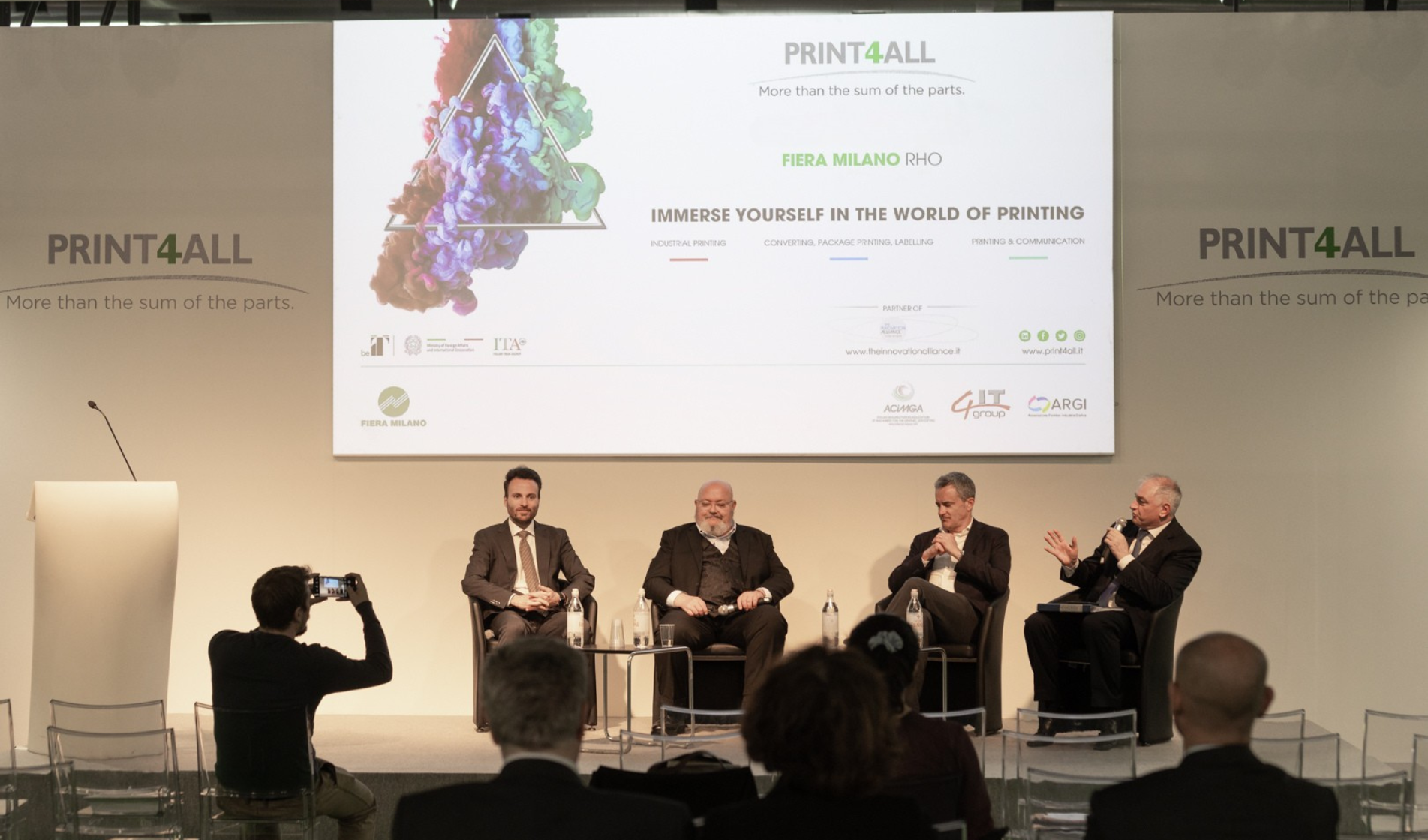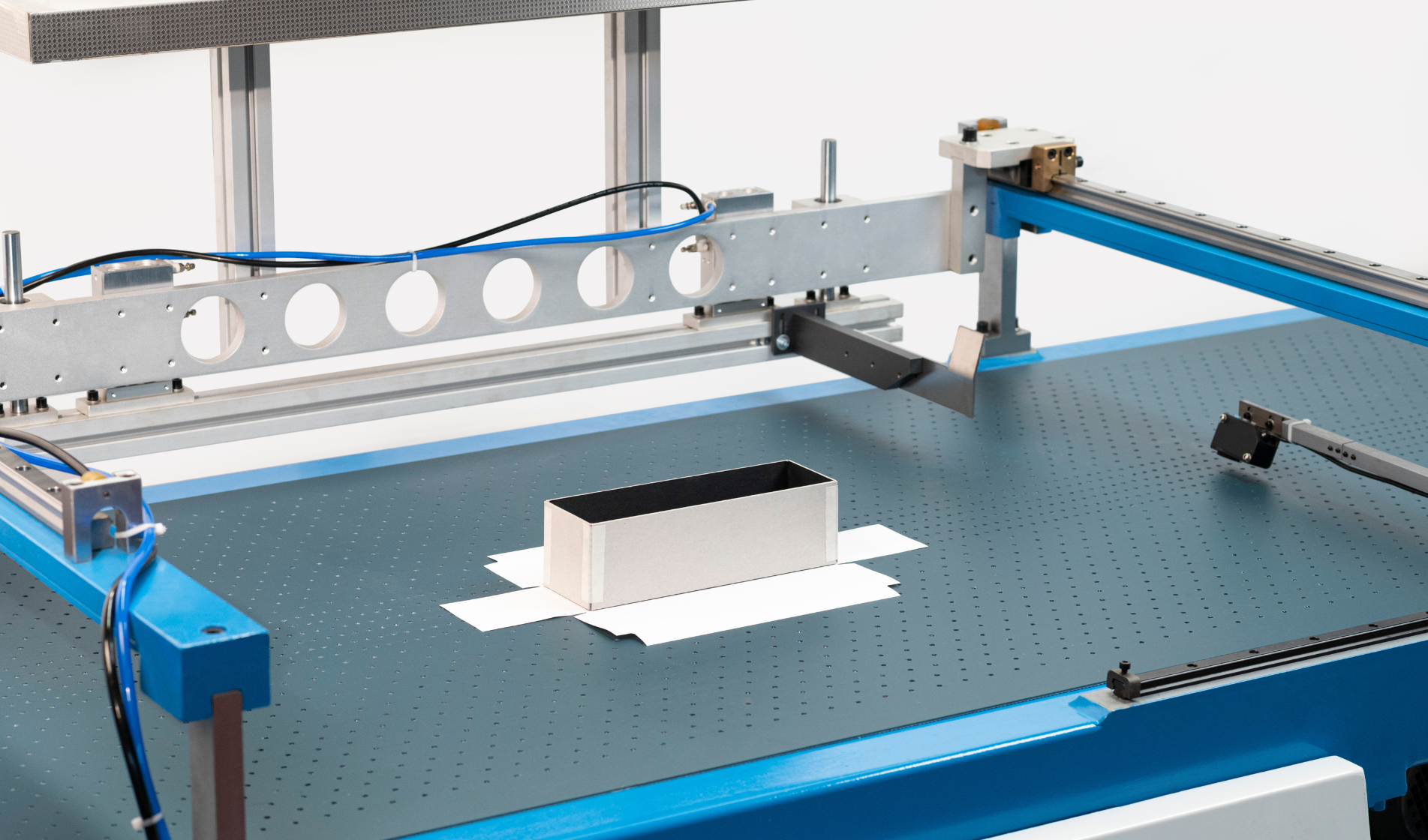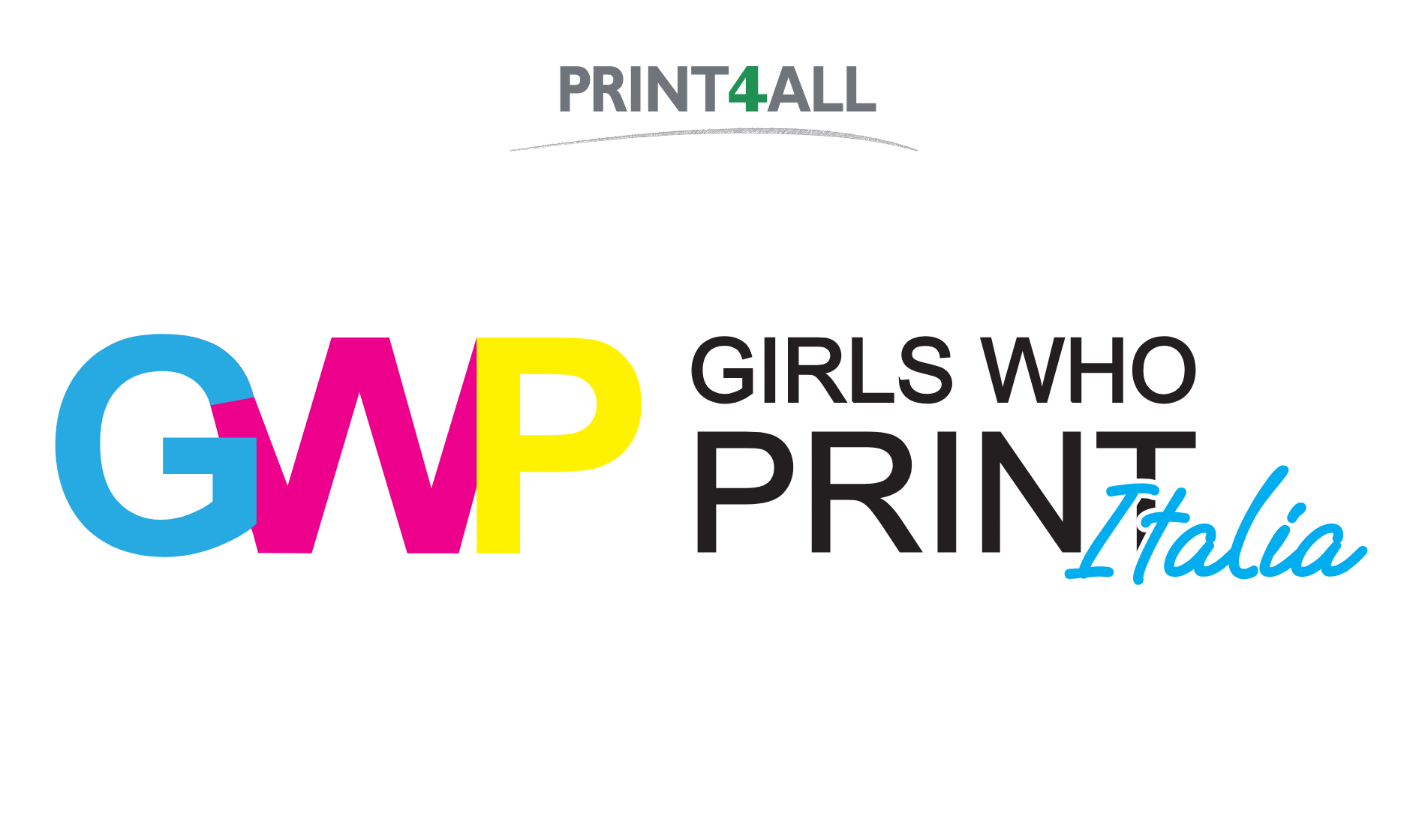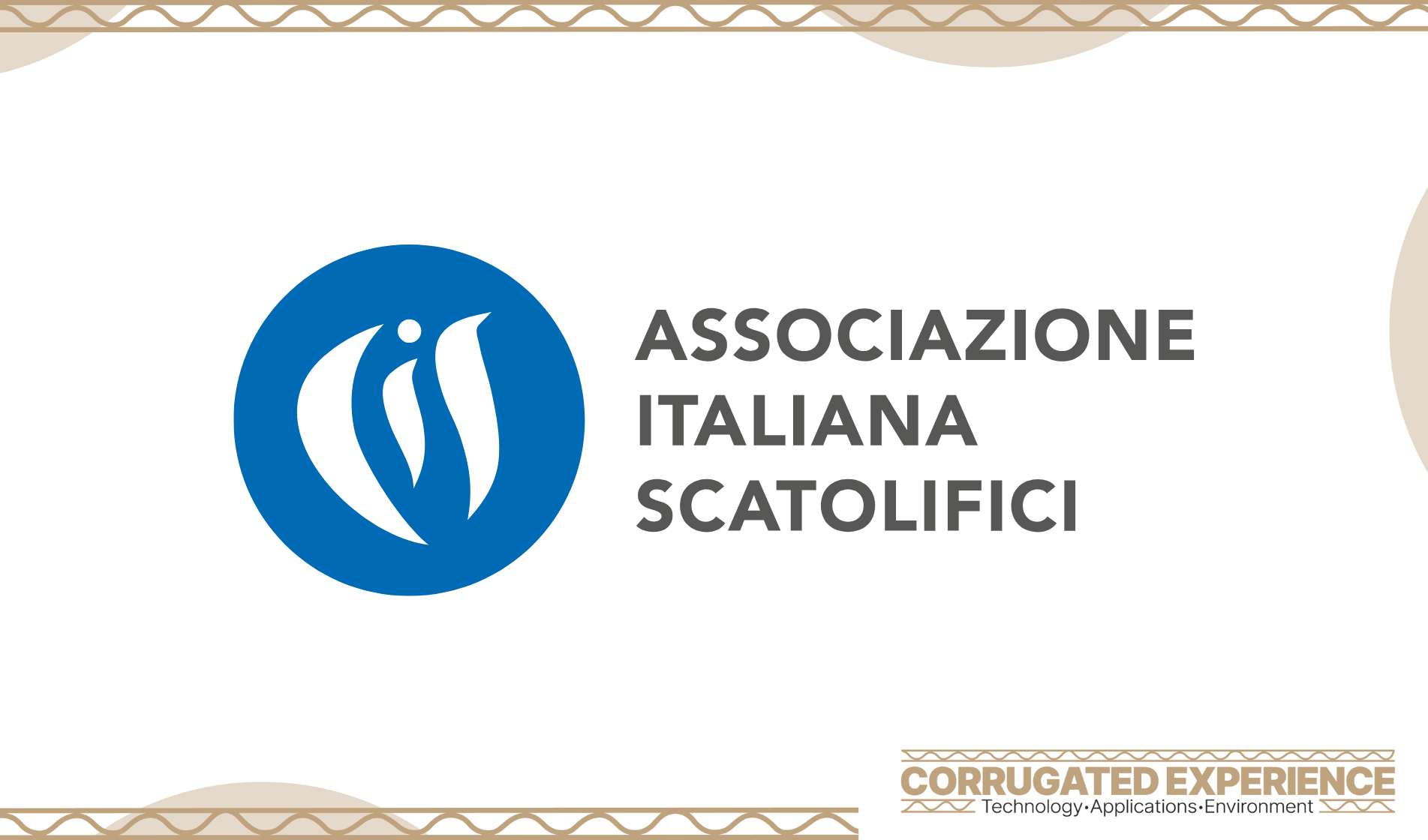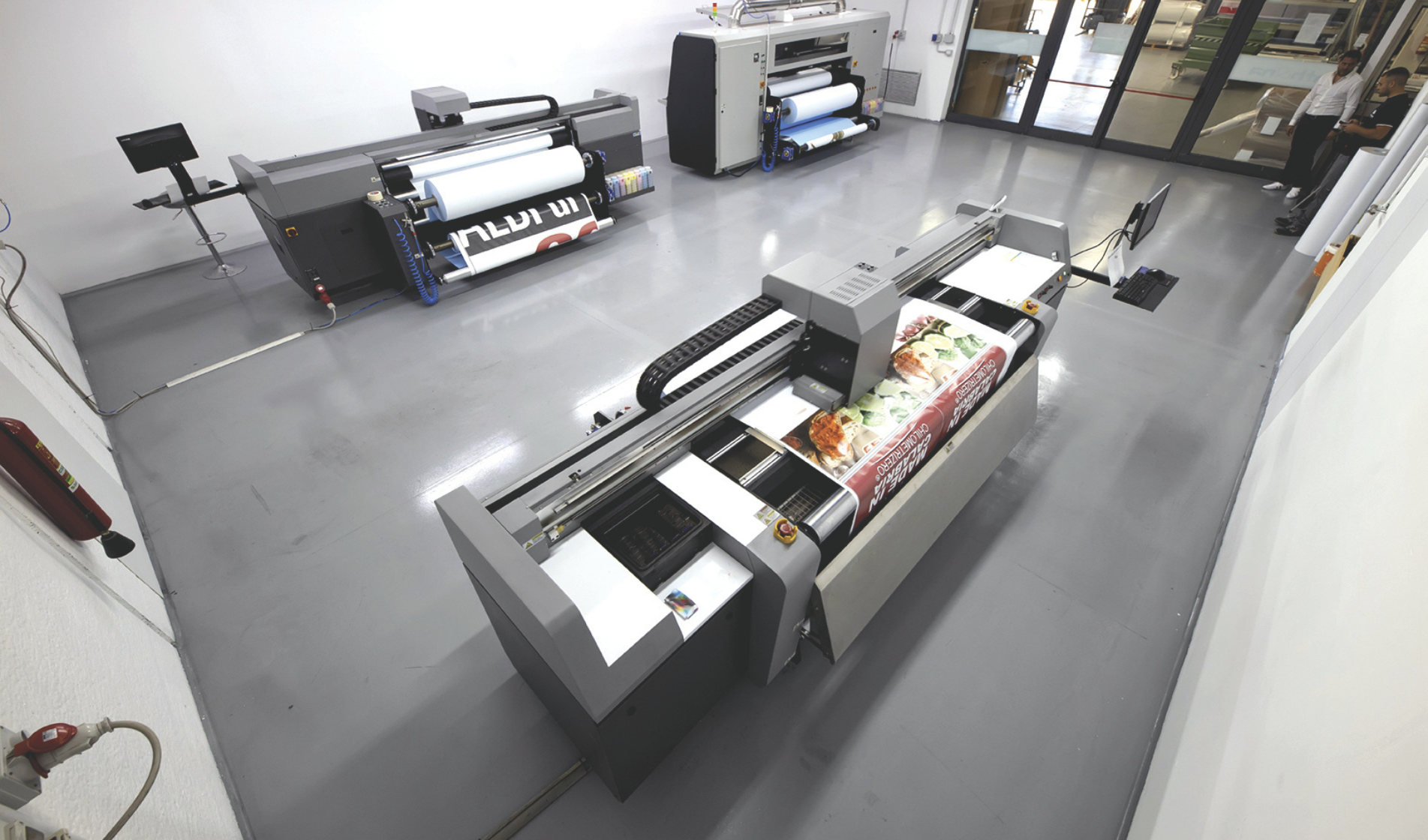The visions and efforts of all stakeholders in the printing supply chain were presented in various round tables during the two days of the Future Factory. Producers, brand owners, retailers and printers all took part in a series of discussions.
What is the role of machine manufacturers in this complex environment?
Technological scenarios are changing the way we do industry. Four key words emerged in the debate: digitisation, sustainability, servitisation and people.
Digitisation is revolutionising the way we do industry, we need a different mental approach, continuous investment in R&D, but also a propensity for open innovation. Connecting machines not only drives efficiency, but also changes the way we manufacture and sell. Servitisation and the possibility of hybridisation transform the relationship with the customer into an on-going and reciprocal connection, in which feedback is essential to create new and increasingly customised solutions and where maintenance is part of the basic sales package.
As far as sustainability is concerned, no single answer is absolute and valid for everyone, it is a question of balancing production needs, optimising resources and saving energy. This means making the best choices for each individual context, choices where people often make the difference.
This is where the fourth buzzword that emerged comes in: people. Because continuous evolution makes interrelationship essential. Nowadays, the answer to progress is supply chain collaboration, a sort of synergy between specialists involving everyone, from those who supply the raw material to those who make and customise the packaging and those who recycle it. This is the only way to transform the industry into a virtuous learning ecosystem, where the advantages of eco-sustainable materials, low-impact technologies, such as water-based technologies, and virtuous practices are combined.
Also, according to brand owners, innovation without sustainability cannot exist. However, a myth needs to be dispelled if we are to make informed choices: the cost of sustainability cannot be passed on to the consumer, who is not prepared to accept it at all. So, for brands, sustainability is first and foremost a choice linked to their own identity, a sort of code of ethics that they adopt, in the knowledge that today's consumers and investors increasingly reject the idea of a company selling a product without calculating the consequences.
For this reason, efforts are massively concentrated on the end-of-life, on the possibility of having 100% recyclable packaging, of developing new creative uses for waste, such as cellulose derived from beans, of proposing new packaging that, while integrating different materials, makes it easy to recycle and, therefore, to dispose of correctly.
Sustainability is also a business value for retailers, a choice that, especially in the large-scale retail sector, takes the form of a concrete contribution to the recycling of packaging, but also extends to the search for new packaging (for example, the bioplastic chosen by Esselunga for the packaging of its branded milk) and food waste, with specific projects such as Penny Market's “Ancora più buoni” (“Even more good”), with the goal of selling fruit and vegetables that are partially ruined and are, therefore, still perfectly suitable for consumption at a discounted price, with part of the proceeds going to the Food Bank.
On the other hand, printers approach sustainability by focusing on two elements: the production method, i.e. the type of inks, but also the reduction of water needed for washing and the materials they use for their customisations. The issue of proper disposal and end-of-life management is central.
For example, single-materiality helps, since with so many materials it is difficult for the consumer to differentiate everything.
How to propose a recyclable product? By working with paper and inks, reducing the number of machine passages for finishing and concretely orienting customers towards a sustainable choice. The concept of warehousing is also changing and welcomes technologies to optimise the quantities produced.
Finally, to understand whether their industry is truly sustainable, printers suggest measuring the sustainability value on raw materials at the very least.


